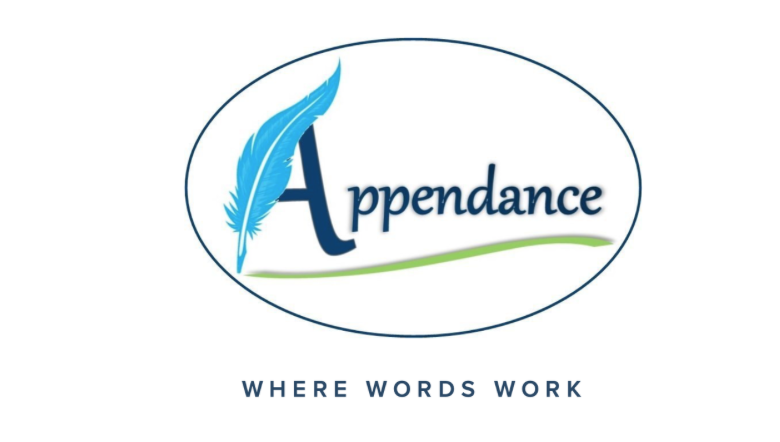Punctuation
Today, maybe it's the overcast sky or the numerous requests I've had recently for proofreading, but I find myself thinking about punctuation. We don't use punctuation when we talk--most of the time--and we still manage to understand each other, so in some ways punctuation may seem extraneous or cumbersome. However, when we use written communication, we don't have access to all the signals we have for spoken conversation.
When we talk to each other face to face, we can see each other's facial expressions, our body language, we hear the rise and fall of the voice, we can watch the lips form and reform words. Our bodies convey a lot of additional information as we speak to each other.
When we talk on the phone, we still have all the signals the voice can offer to add information beyond the content of the words. In fact, most of us can probably understand the basic content of what someone is saying solely by listening to the movements of their voices rather than their words. When we tune someone out, the consistency of tone and voice means that they aren't saying anything too different from what they were already saying or anything too important. We may tune back in when the voice gets louder or rises in tone or stops. It's not the words we are listening to, but what the voice is doing that signals when we should pay attention again. So, we hear the beginning of one idea through a slight emphasis on the first word. We hear the end of an idea where the voice gets softer and deeper, trails off. We recognize emotional content through speed and tone. We choose to breath when we finish with particular ideas, indicating that one idea is complete with out inhale.
Writing works differently because we can't use many of these physical signals alongside our words. So we have to use punctuation. In some ways, punctuation works like breath, conveying the beginning and ends of ideas, but punctuation also helps us establish relationships between ideas so that the reader sees connections that they may have otherwise missed.
I think it's safe to say that most of us get why a sentence begins with a capital letter and ends with a period. These visual signals mark the beginning and the end of an idea. But when we put two sentences together or add detail to a sentence, what signals do we provide through punctuation to help the reader understand what we are saying?
For example, if I write
Running errands can be hard.
We understand that I mean "running errands" as one unit, and I'm saying that having to do many different errands is challenging. But if I add a comma, I change the whole meaning:
Running, errands can be hard.
This sentence means that it is hard to do errands while running. If I were speaking, the difference would be conveyed by breath---the first sentence would be all in the same breath, the second sentence would involve a brief pause in breath after "running". But the breath and the comma both indicate the same thing to the audience: what the main sentence is. The main sentence is the part that all goes together.
For example,
Running, even after a lot of practice, can be hard.
The main sentence is now "Running can be hard"; it would be said in the same tone. The interrupting phrase "even after a lot of practice" would most likely be said in a slightly lower and quieter voice to indicate that it is an aside in the middle of the main idea.
The main point here is that punctuation does for the reader what breath and voices do for the listener--both signal what the important information is by differentiating between the main ideas and the extra stuff. Punctuation is your voice on the page--the volume RISING and falling, the tone :), the breath, the s p e e d. These marks on the page have meaning beyond just presenting a series of words; they also tell you how those words fit together.
